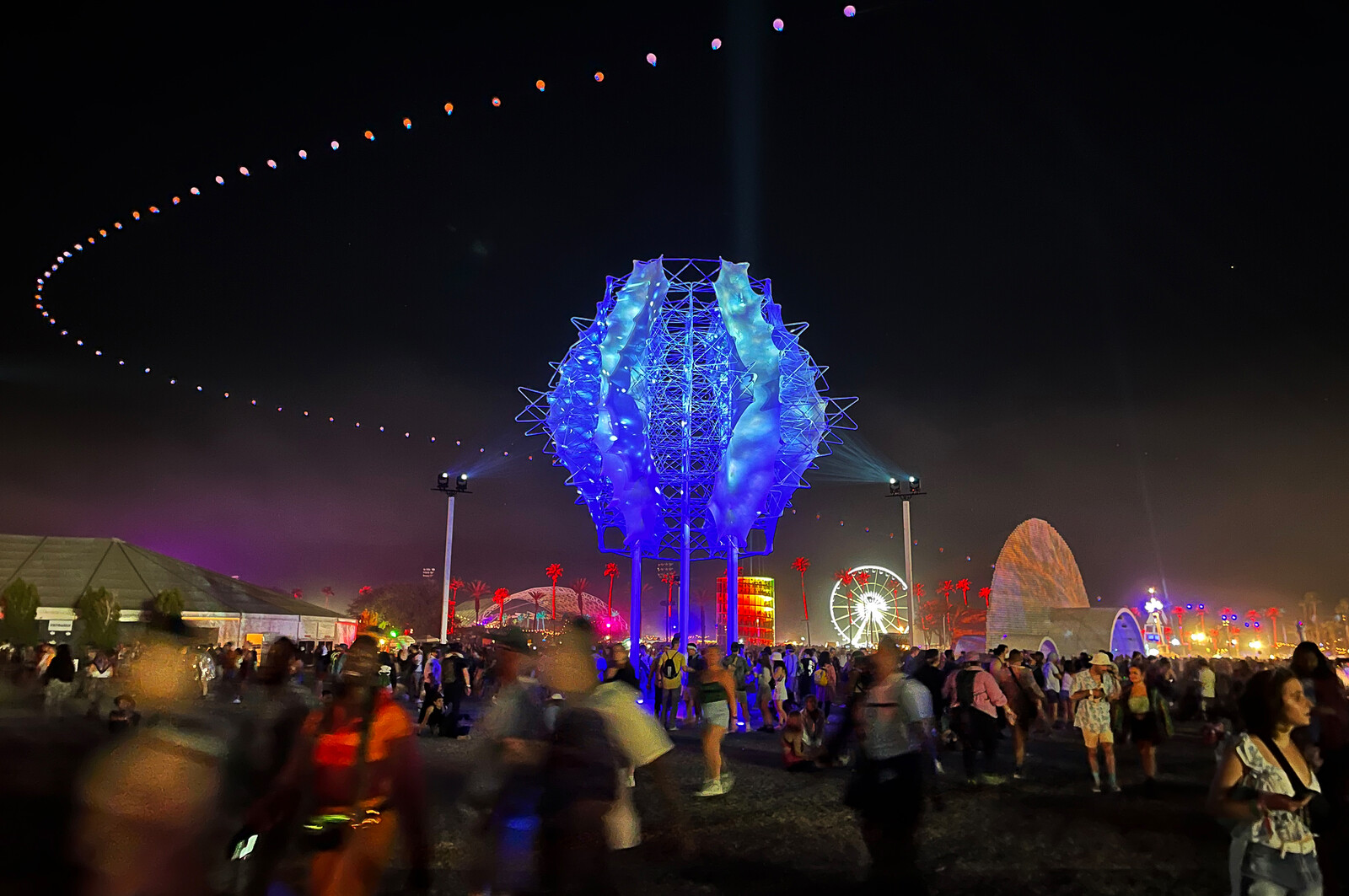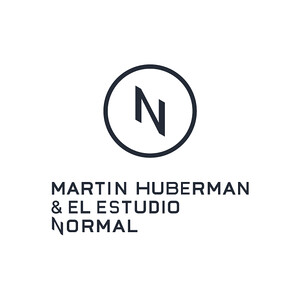BKF+H at Coachella & House of Studies for Artists
Indio, California, US
House of Studies for Artists, Buenos Aires, Argentina
This is the story about a chair designed in the 1940s.
It was drawn and built by three former architects from Le Corbusier’s office, that fled Paris towards Buenos Aires to open up an experimental practice called Grupo Sur. One was from Catalunya, the other two from Argentina. Antonio Bonet, Juan Kurchan and Jorge Ferrari Hardoy. The chair was signed as B.K.F, an acronym of their last names. Its design proposed an unconventional way of use. A comfortable resting threshold between laying and seating. Inspired by the classic campaign chair called Safari, it was adapted to twentieth century building technology. Two bent irons structuring a hanging canvas. It was produced in three different finishes, canvas, treated leather and raw cow leather.
In 1942 the chair was acquired by MoMA for its permanent design collection. Thus, it gained some notoriety in the design world. It was first licensed for the US by Artek-Pascoe, then produced by Knoll. The chair found huge success across America, but mostly in the West, adapting perfectly to warm weathers. It fit notoriously well within the Mid-Century Modern movement. It performed in projects by Wright, Neutra, Ellwood, Koening, Soriano and Catalano among others. Some of them were shot by Julius Shulman himself. But the patenting process was way too slow, and the chair ended up being broadly copied, which made it cheap and popular. Each factory produced a different chair, so its shape was slightly modified, changing its seating conditions, and was renamed at will. It was found as Africano, Continuo, Hardoy, Argentino, Pampeano, Latino. Today it is known worldwide as the Butterfly chair. This deprived its authors from international notoriety, and the commercial benefits of its success.
The BKF+H project, born in 2011, by Buenos Aires’ Estudio Normal, is a formal research project that reclaims this narrative. Understanding that the original design was lost, the copied chair is no longer a chair. Without function it might lose its skin. The cheap structures could then work as modules for new spatial configurations. A formal language rooted within the dynamics of originals and copies. An experimental project on repetition and aggregation. Embracing research into classic design contraptions, while delving into structure, skin, permeability and programming.
One of the project‘s latest iterations is called Cocoon (BKF+H300). Designed for the 2022 Coachella Music & Arts Festival in Indio California, it harnesses 300 reproductions of the structure of the armchair forming a monumental chrysalis. A beacon of encounter and a lysergic spectacle, an ironic birthplace for a chair named after a butterfly, and a claim to render its authors invisibilization story that vanished, a long time ago, in the desert.
Cocoon was followed by a quest for the true origins of the chair in a site-specific exhibition called Orígen. An exhibition on the history of the chair and the future of the BKF+H project. Located at one of Buenos Aires architectural icons, La Casa de Estudios para Artistas, designed in 1938 by architects Antonio Bonet, Vera Barros and López Chas. The building is believed to be the mythological birthplace of the chair’s design, which is depicted in one of the original building plans. The show, co-curated by Martin Huberman (Estudio Normal) and Wustavo Quiroga (Fundación IDA) is presented on one side the eleven-year formal research of the BKF+H project, while launching its new special configuration: BKF+H12 Glorieta, a sculpture for the public space. With an installation on the building’s terrace, it is made from an identifying piece of the city’s architectural and urban culture. A popular domestic element embedded in the urban context. Along with it, Fundación IDA exhibited unpublished archival documents of the chair, unfolding the history of the iconic seat by comparing for the first time ever three different prototypes and authorized editions from its authors. In dialogue with the environment of the building that saw its birth, and the city that inspired its ways.















